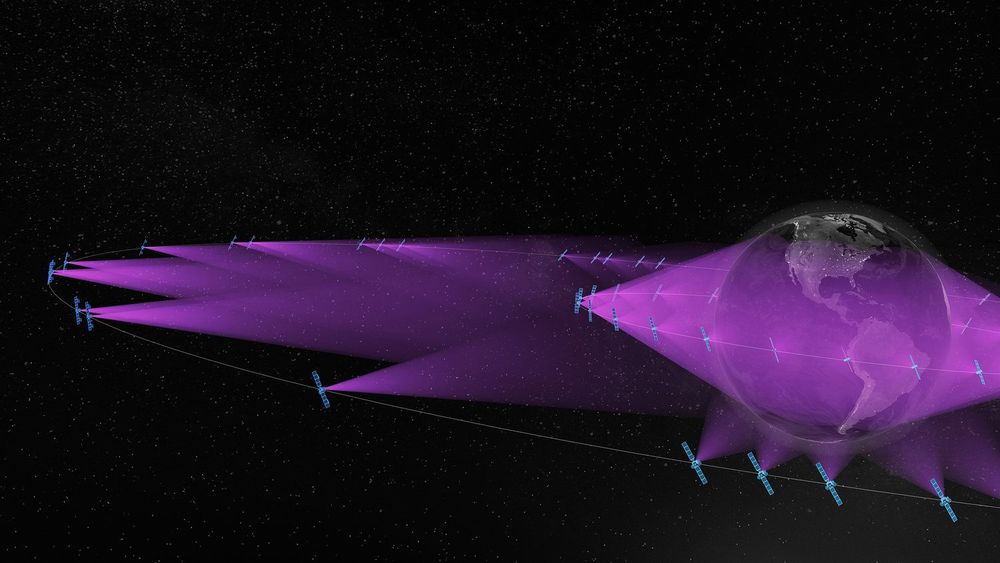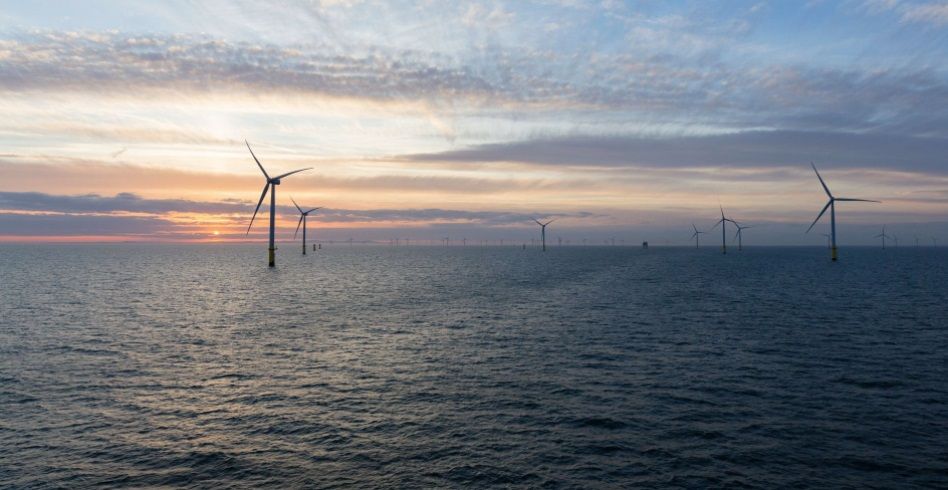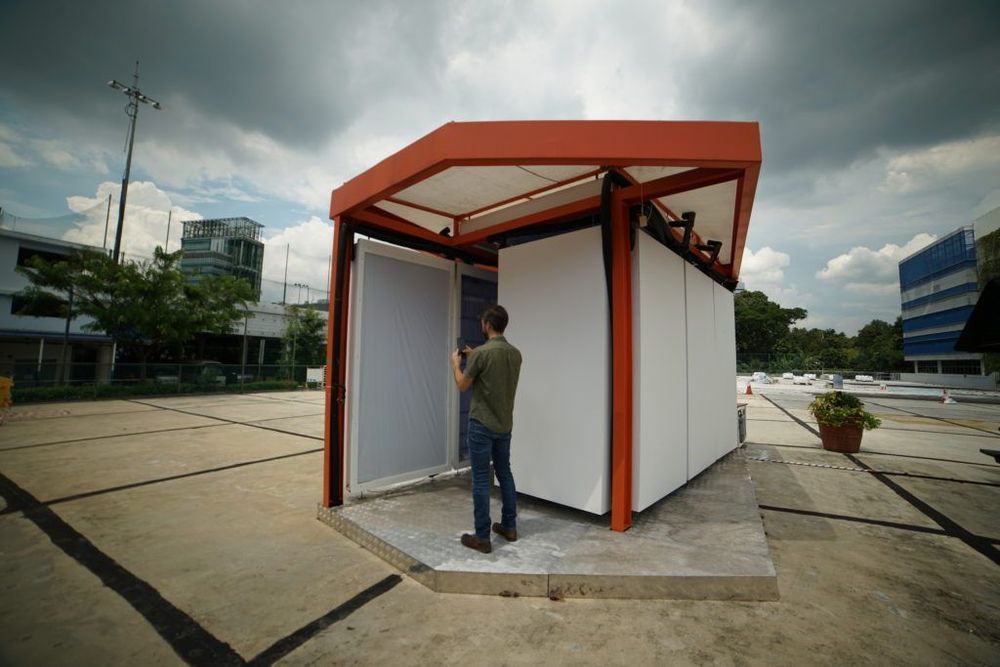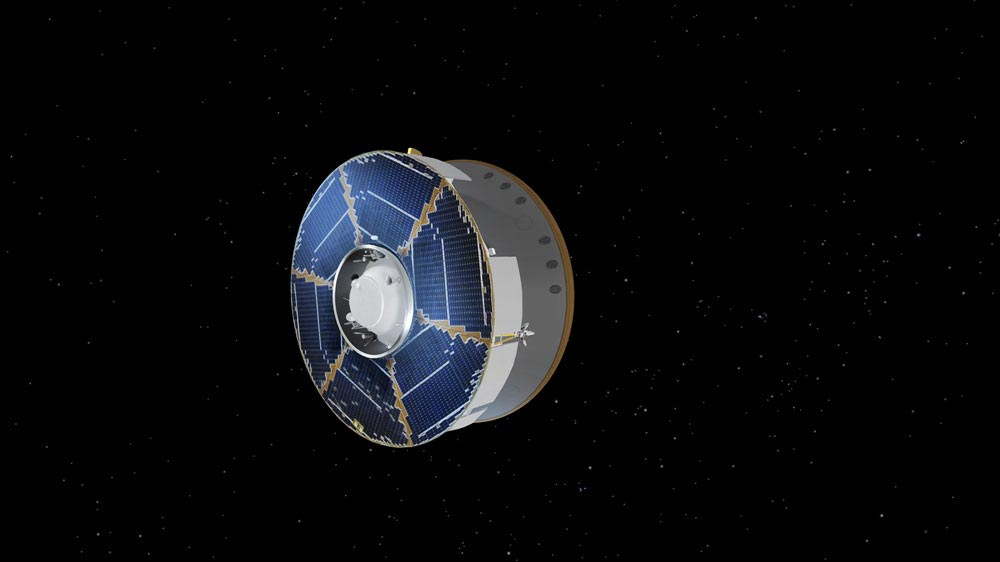Archive for the ‘energy’ category: Page 235
Aug 23, 2020
SES taps SpaceX for two additional Falcon 9 launches
Posted by Malak Trabelsi Loeb in categories: energy, government, satellites
Fleet operator SES on Aug. 20 said it selected SpaceX to launch four recently ordered O3b mPower broadband satellites.
SES’s four-satellite expansion order, announced Aug. 7, further increased its launch needs.
SES has now grouped the satellites into trios for the first three Falcon 9 launches, scheduled for the third quarter of 2021, the first quarter of 2022, and the second half of 2022. The last two satellites are projected to launch in the second half of 2024. Each mission will take place from Cape Canaveral, Florida.
Continue reading “SES taps SpaceX for two additional Falcon 9 launches” »
Aug 21, 2020
Electric 1961 Rolls-Royce Phantom Is The Most Fitting EV Conversion Ever
Posted by Quinn Sena in categories: energy, transportation
The only slight hitch is it costs as much as a brand new Rolls-Royce Phantom, so it’s for millionaires.
We wrote earlier this year that because the demand for electrified classics was on the rise, Lunaz, U.K.-based company that specializes in EV conversions had doubled its workforce to keep up with demand. The company’s first product was a pure-electric 1953 Jaguar XK120, but if that was not opulent enough, it now offers a car that makes a lot of sense on paper: an electric 1961 Rolls-Royce Phantom V.
In fact, an old electric Roller is about as fitting as an EV converted classic could get, simply because no internal combustion engine can match the blend of smoothness, quietness and power provided by an electric motor. To top it all off, the guys from Lunaz equip their electric Phantom with a really big 120 kWh battery pack that is said to provide enough juice for a range of 300+ miles (480+ km).
Aug 21, 2020
€1.1bn Franco-UK renewable energy project stalled by Brexit
Posted by Dean Eaketts in categories: energy, sustainability
Plans for a €1.1 billion project to build crucial new underwater electrical connections between France and the UK have been delayed by Brexit, as the French energy commission has said it poses “too much uncertainty”.
Aug 20, 2020
“Cold Tube” cooling system uses half the energy of an air conditioner
Posted by Quinn Sena in categories: energy, sustainability
Air conditioners are a convenient way to cool down offices and homes, but they use huge amounts of energy in the process. A team of scientists has been developing an alternative solution for those warm summer months called the Cold Tube, which works by absorbing body heat emitted from a person and can use around half the energy of traditional systems as a result.
The notoriously bad energy efficiency of air conditioners has motivated the development a range of environmentally friendly solutions, from attachments that use water mist to pre-cool the units to solar-powered systems that produce hot water at the same time. In 2018, Richard Branson even launched a US$3 million competition aimed at developing more energy efficient air conditioners.
Similarly, the research team behind the Cold Tube has been investigating next-generation systems that keep people cool in more efficient ways. Made up of scientists from the University of British Columbia, Princeton University, the University of California, Berkeley and the Singapore-ETH Centre, the team took aim at the dehumidification process that is a critical function of today’s air conditioning systems.
Aug 19, 2020
Hemp fibres ‘better than graphene’
Posted by Quinn Sena in categories: energy, food, sustainability
Circa 2014
The waste fibres from hemp crops can be transformed into high-performance energy storage devices, scientists say.
They “cooked” cannabis bark into carbon nanosheets and built supercapacitors “on a par with or better than graphene” — the industry gold standard.
The Philippines’ traditional three-hulled boat is being redesigned, to draw its power not from fossil fuels, but from the energy of the waves.
Aug 16, 2020
This Battery Could Let Whole Neighborhoods Go Off the Grid
Posted by Quinn Sena in category: energy
Circa 2014
A Silicon Valley startup run by old-school technologists has invented an energy storage device that could take an entire neighborhood off the grid.
Aug 15, 2020
New catalyst efficiently turns carbon dioxide into useful fuels and chemicals
Posted by Shailesh Prasad in categories: chemistry, energy, sustainability
As levels of atmospheric carbon dioxide continue to climb, scientists are looking for new ways of breaking down CO2 molecules to make useful carbon-based fuels, chemicals and other products. Now, a team of Brown University researchers has found a way to fine-tune a copper catalyst to produce complex hydrocarbons—known as C2-plus products—from CO2 with remarkable efficiency.
In a study published in Nature Communications, the researchers report a catalyst that can produce C2-plus compounds with up to 72% faradaic efficiency (a measure of how efficiently electrical energy is used to convert carbon dioxide into chemical reaction products). That’s far better than the reported efficiencies of other catalysts for C2-plus reactions, the researchers say. And the preparation process can be scaled up to an industrial level fairly easily, which gives the new catalyst potential for use in large-scale CO2 recycling efforts.
“There had been reports in the literature of all kinds of different treatments for copper that could produce these C2-plus with a range of different efficiencies,” said Tayhas Palmore, the a professor of engineering at Brown who co-authored the paper with Ph.D. student Taehee Kim. “What Taehee did was a set of experiments to unravel what each of these treatment steps was actually doing to the catalyst in terms of reactivity, which pointed the way to optimizing a catalyst for these multi-carbon compounds.”
Aug 14, 2020
NASA’s Ingenuity Mars Helicopter Powered Up for the First Time in Interplanetary Space
Posted by Genevieve Klien in categories: energy, health, space
Headed to the Red Planet with the Perseverance rover, the pioneering helicopter is powered up for the first time in interplanetary space as part of a systems check.
NASAs Ingenuity Mars Helicopter received a checkout and recharge of its power system on Friday, August 7, one week into its near seven-month journey to Mars with the Perseverance rover. This marks the first time the helicopter has been powered up and its batteries have been charged in the space environment.
During the eight-hour operation, the performance of the rotorcraft’s six lithium-ion batteries was analyzed as the team brought their charge level up to 35%. The project has determined a low charge state is optimal for battery health during the cruise to Mars.

















